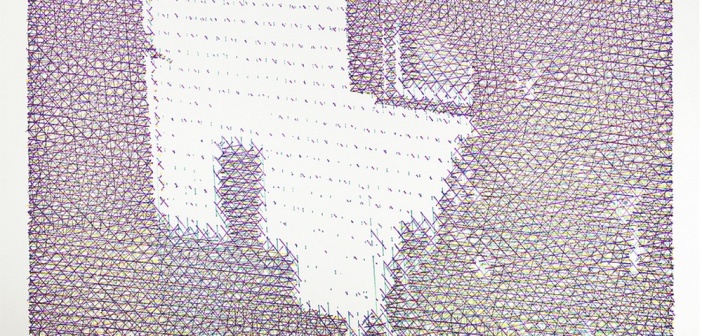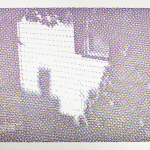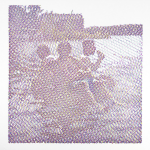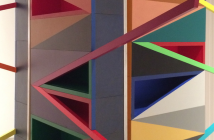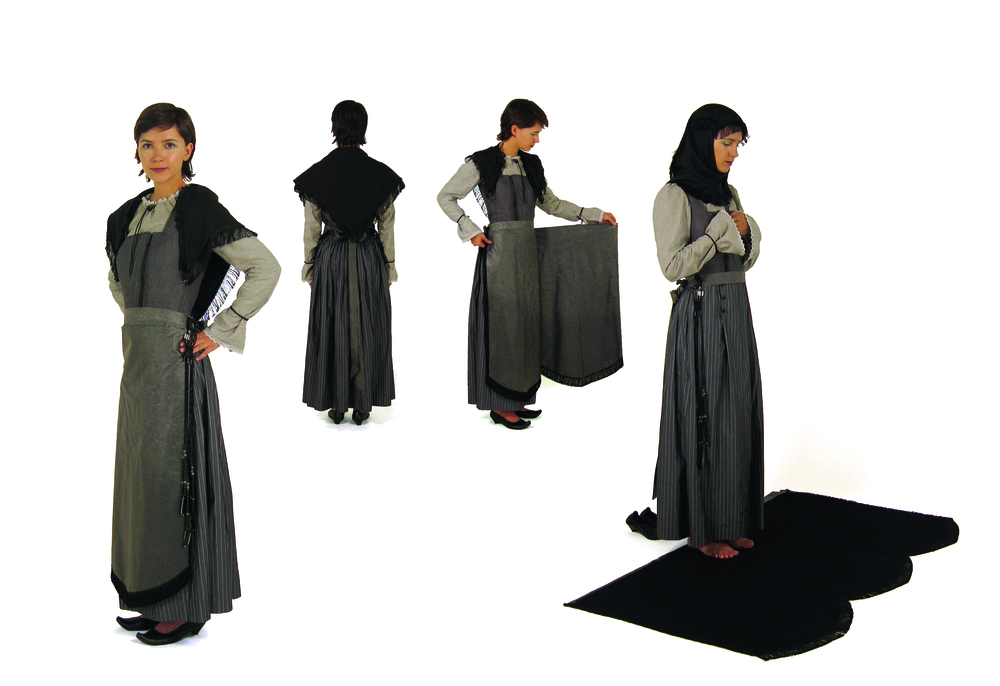I’ve got mushrooms on the brain lately. Fall is a good season for them; they seem to spring up everywhere after a good rain moistens the dead leaves. I spend a lot of time in the fall walking around in the woods scanning for choice edibles and medicinals. I’m not the first artist to do so; there have been a lot of artists who have been interested in mycology. John Cage was probably being chief among them. "Nothing more than mushroom identification develops the powers of observation" he would say.
Personally, I think there may be a little bit more to it than that. Last week I was doing studio visits and one of my students asked me how she could think "more like an artist". (What a question!) Without thinking I responded, "The trick is to think systematically. Don’t think about the parts; think about how each little bit affects all the other bits. If you do that you’ll be fine."
Thinking in a systematic way is exactly what foraging in the woods teaches you to do. When you hunt for mushrooms, you never look for the mushrooms. They are too subtle and delicate; you’ll never spot them in the beautiful, loud chaos of the New England woods. No, what you do is you look for trees. Each species of mushroom forms a symbiotic relationship with specific kinds of root systems. Find a stand of Birch and Beech and you will find Hedgehog Mushrooms. Looking for Oyster mushrooms? Look for poplar and aspen.
You need to know your terrain too. Mushrooms like it wet. See a low-lying area that looks moist? Check it out. You learn to recognize the subtle signs of washes, dry slopes that become streams when it rains. You start out an amateur mycologist and you end up an amateur ecologist who is sensitive to the connections between everything. I know where to find salamanders because I know where to find mushrooms, and I know where to find birds because I know how to identify trees.
What I realize now, after turning it over in my head, is that my advice to my student was incomplete. Think systematically, by all means. That’s what good artists do. But what I didn’t tell her (and I should have) is that I don’t think you can learn to do that in the studio. You only learn to do that in the world. It’s not a theoretical exercise; it’s a matter of letting your curiosity and sense of discovery seize you and carry you out of your white cube and into the woods. That’s the place where the scope of your investigation and understanding just expands and expands. As a younger man I used to lock myself in my studio and try to force something to happen; now I just take a lot of walks and see what I find. Nothing like mushroom identification to develop the powers of perception, and right now is the perfect time of year for it.
- Michael Zachary, An Ordinary Evening in New Haven (CMYK) 2013 Image © Michael Zachary ink on paper 19 x 25 inches
- Michael Zachary, Bachelor Party (CMYK) 2013 ink on paper 18 x 17.5 inches Image © Michael Zachary

